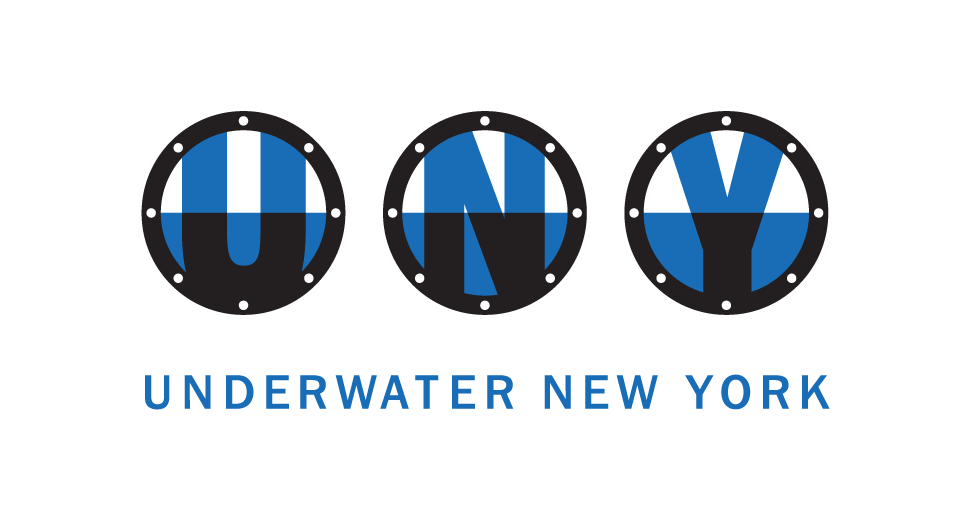A Brief History of Dead Horse Bay
Dead Horse Bay marks the site of what once was Barren Island. What is now Floyd Bennett Airfield used to be watery marshland separating a series of small islands from mainland Brooklyn–Barren Island was the largest. Its name comes from a corruption of the Dutch word for bear–only much later did the English meaning of the term come to apply.
From the 1850s until the last residents were evicted in 1936, Barren Island was a community built on trash, home to dozens of factories and rendering plants. At its height during WWI, it took in all of the household trash of Manhattan, Brooklyn and the Bronx, and the daily remains of all five borough’s animal dead. This refuse was sorted and rendered and converted to major profits as glycerin, fertilizer and glue by a community of immigrants–mostly Polish, Italian and Irish, with a small population of blacks–who lived on the island and worked its factories. Tasks were sorted according to social rank, with black families getting the worst job, converting daily tons of dead fish to fertilizer. Second to that was the job of rag-pickers, who used their bare hands to feel for and sort out valuable fabric from the garbage; comparatively less horrifying were the jobs of sorting bone and scavenging metal and paper. The smell from the island was so intense that at one point a group on mainland Brooklyn calling itself the Anti-Barren Island League held considerable sway in city politics, continually proposing legislation to close down the island or somehow curb the stench.
Residents of Barren Island were completely separated from mainstream life in the city, and their daily reality was as distinct as if it were another country: at the turn of the last century, the island had no electricity, no post office, no doctors or nurses, four saloons, five factories boiling vats of garbage day and night, and a one-room schoolhouse. School let out early so children could help their parents sort garbage. After 91 other teachers turned the post down, in 1918, “Lady Jane,” “the Angel of Barren Island,” came to teach. She lived in downtown Brooklyn, and taught children and families in Barren Island piano, dance, etc.
In that same year, the city stopped sending garbage there, and all but one factory, a horse rendering plant, closed. Chemical compounds were replacing natural materials for cleaning and the automobile had cut way down on the number of horses needed, and therefore dying, in the city. In 1926, the waters around Barren Island were filled in with garbage, sand and coal to make what’s now Floyd Bennett Field. In 1936, Robert Moses ordered evacuation of residents to build Marine Park Bridge, the island’s cottages were bulldozed and everyone was scattered. In the 1950s, a cap on one of the landfills burst, littering Dead Horse Bay with eras of waste, which continually washes ashore here.
Urban explorers are drawn to Dead Horse Bay because the trash that litters its shores–toys, shoes, bottles and bones–gives them glimpses into the everyday of New Yorkers of decades past. But, not everything that washes up there is quite so “everyday.” In 1830, the pirate Charles Gibbs ran his (pirated) ship aground on a sandbar near Rockaway point after murdering the captain and first mate, a crime for which he was later sentenced to the death and hung. Before he was captured, though, Gibbs and his cohorts made it to shore on Barren Island, where they are said to have buried $50,000 worth of gold coins. Legends dispute where the treasure was buried and what was its fate. But, in 1986, treasure hunters were tantalized when a gold coin was found along the southern shore.
Please peruse Underwater New York to find work inspired by the many strange objects that have turned up on the shores of Dead Horse Bay!
Sources:
FYI, New York Times, All The Dead Horses, New York Times, Atlas Obscura
